Ecommerce has accelerated impactful packaging design
Kurnal Rawat, creative director, and Ronita Mukerjee, executive director, client services, Landor & Fitch India (L&F India), share their views about packaging, its application, requirement, adaptability, and more with Rahul Kumar
15 May 2023 | 6034 Views | By Rahul Kumar
.png)
(l-r) Kurnal Rawat and Ronita Mukerjee
Rahul Kumar (RK): How have the past three years been for you?
Kurnal Rawat (KR): Over the past three years, we have observed and worked on various packaging projects across different brands and categories. During the pandemic, we helped Nestle, P&G, Asian Paints, and other companies quickly pivot their purpose, resulting in new product lines and innovative packaging ideas.
As the pandemic persisted, many brands wanted to pay tribute to essential workers and Covid warriors through packaging. This allowed companies to explore new areas for packaging and innovate with new products. Post-pandemic, we see increased interest in the health, wellness, and ready-to-eat food categories.
Ronita Mukerjee (RM): The role of packaging has evolved significantly over the years, from serving an essential functional purpose to becoming a brand's media for engagement and commerce. With rapid digitisation and the pandemic’s impact over the past three years, numerous brands have been created across different categories, such as health, immunity, snacking, beauty, and well-being.
Packaging has become even more critical in driving awareness and assurance around common consumer concerns and needs and the impact on the planet and people. It is about protecting the product and communicating the brand’s values and mission to customers.
RK: Speaking specifically about packaging design, what kind of differences have you seen before and after Covid?
KR: In recent years, the packaging design world has seen a seismic shift. More and more brands are looking for packaging that serves its functional purpose and works seamlessly for eCommerce. With online shopping becoming the norm, packaging must look great in a thumbnail image, with many brands even launching products first in eCommerce to test the market.
The Covid-19 pandemic has accelerated the trend towards eCommerce, with even luxury items now being purchased online. The unboxing experience has become a vital consideration for designing packaging for luxury items, as customers want an unforgettable experience without unnecessary packaging.
Scannable or connected packaging has also gained popularity in recent years. Brands are leveraging QR codes to offer customers additional information or even enter contests. The food and beverage industry has seen the most significant uptick in this trend, with the packaging used to engage with customers and promote products.
Sustainability has become an essential consideration for packaging design, with consumers demanding more eco-friendly options. Companies are exploring ways to reduce packaging material, upcycle the packaging, and use environmentally friendly materials.
Design companies are helping clients create packaging that is both meaningful and purposeful. By focusing on sustainability, connectivity, and eco-friendliness, they are developing packaging that meets customers' needs, including those who shop online. As the world continues to evolve, packaging design must keep up with the changing needs of brands and consumers.
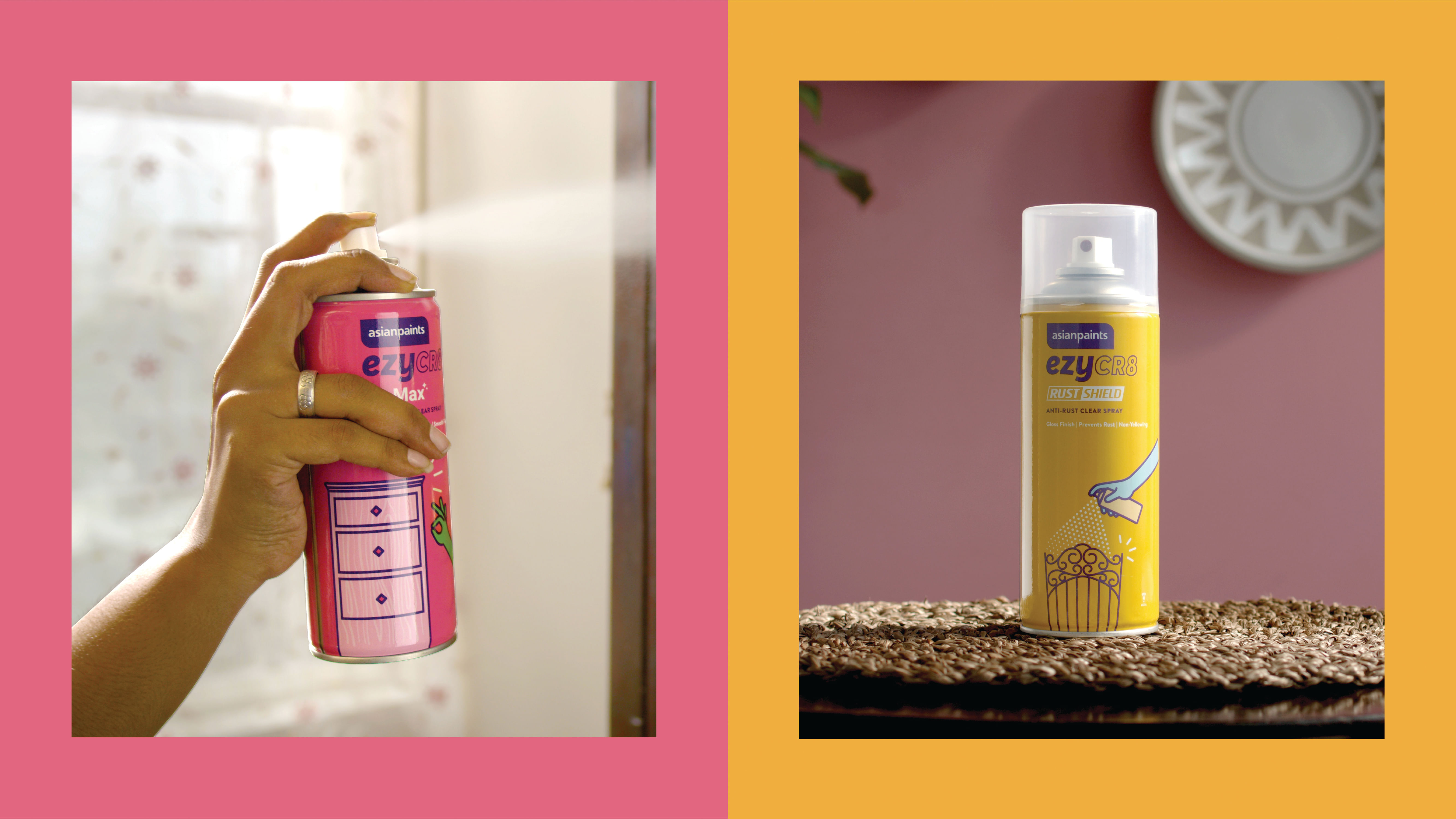
RK: During the pandemic, I encountered brands I had never heard of before. Did you get any inquiries from such brands?
RM: The Covid-19 pandemic has drastically changed the way consumers shop. With social distancing measures in place and lockdowns enforced, people have become more comfortable browsing and buying products online. As a result, eCommerce has seen a surge in popularity, and it has become much easier for brands to reach consumers.
One of the biggest winners in this trend has been direct-to-consumer (D2C) brands. By cutting out the retail channel, D2C brands have found it much more cost-effective to prototype, test consumer response, iterate, and improve the customer experience.
This has enabled these brands to expand and gain market share rapidly, as they have been able to pivot their offerings quickly in response to changing consumer demand.
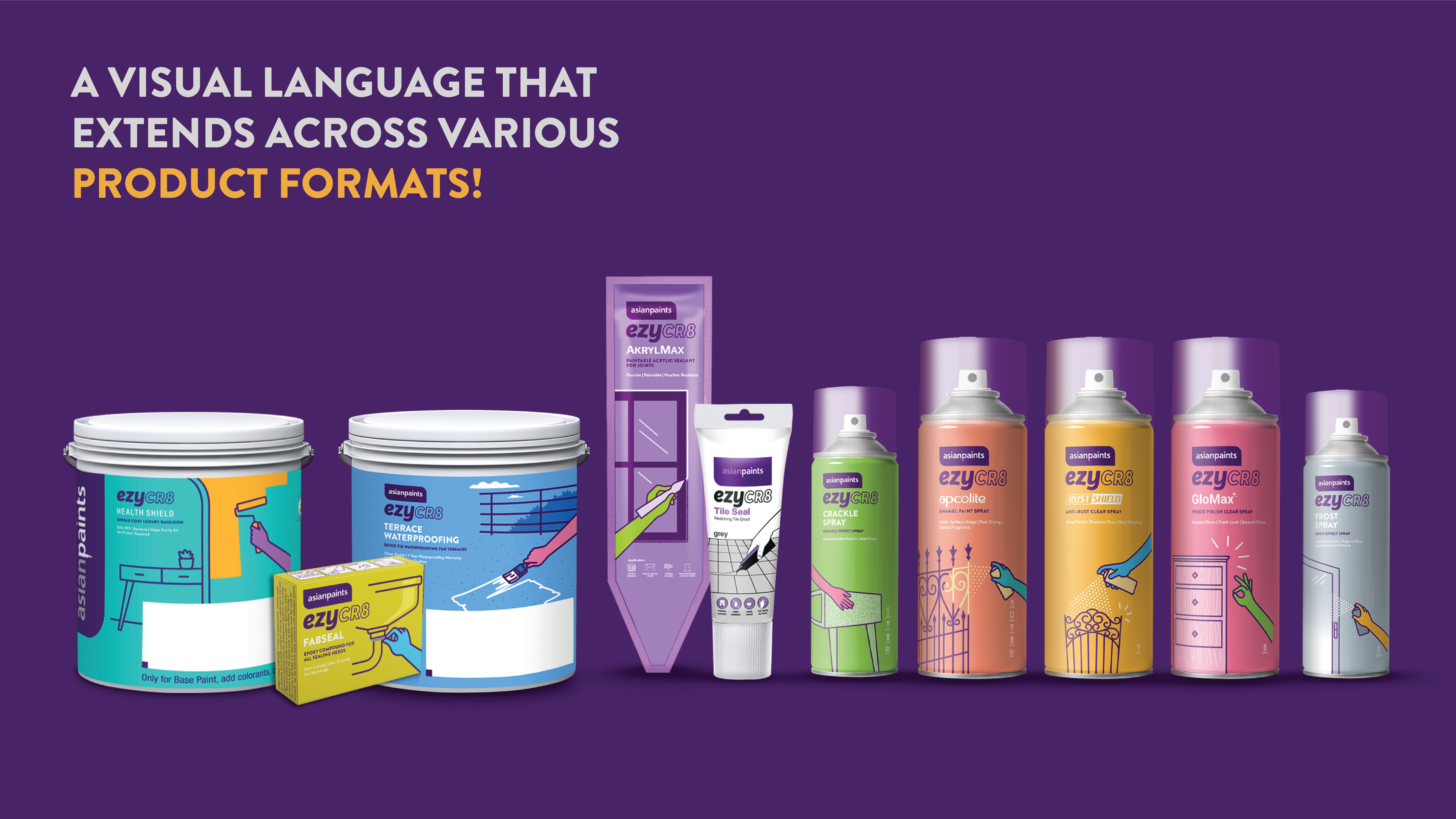
Furthermore, D2C brands have built a more direct relationship with their customers by owning the entire customer journey from start to finish. This has allowed them to better understand their customers’ needs and preferences and tailor their products and marketing accordingly. As a result, D2C brands have created a more personalised and engaging experience for their customers, leading to increased loyalty and brand advocacy.
The consumer landscape is transformed, and D2C brands have been at the forefront of this change. By leveraging eCommerce and cutting out the retail channel, these brands have rapidly expanded and created a more direct relationship with their customers. As the world continues to shift towards a more digital future, D2C brands will likely remain a driving force in the retail industry.
RK: Is this trend on the rise?
KR: Yes, it is, and the trend is not limited to start-ups and small businesses; even established B2B brands are now experimenting with B2C models. Over the past few years, the shift has further accelerated, with local businesses coming to the forefront and setting up shops to cater to the changing needs of consumers.
With more people shopping online, brands seek new and innovative ways to reach customers. These approaches are proving much more cost-effective for brands, allowing them to rapidly prototype and test consumer response, iterate, and improve the experience.
The pandemic has also given rise to a new generation of local businesses catering to their community needs. These businesses are leveraging new technologies and platforms to reach customers and provide them with a personalised and convenient shopping experience.
As consumer behaviour evolves, brands must stay nimble and adapt to these changes to remain relevant and competitive. The rise of D2C models, B2B brands experimenting with B2C models, and the growth of local businesses are all signs of a dynamic and rapidly changing market that presents both challenges and opportunities for brands.
RK: And you rightly said that the spectrum of sustainability is increasing because there is a perception that if you are using paper/paperboard packaging, you are doing your bit for sustainability. But it is not true, is it?
RM: As we continue to push towards a more sustainable future, we must expand the conversation beyond the typical buzzwords of sustainability and brown paper packaging. Yes, these are important considerations, but they are just the tip of the iceberg when creating a truly accessible, inclusive, and sustainable brand.
Brands must begin asking themselves how to prioritise accessibility, inclusivity, and sustainability in their products, processes, and messaging. It is not enough to pay lip service to these concepts; they must be fully integrated into the brand's DNA.
Even small changes to your brand's colour palette can make a big difference in terms of energy efficiency. Similarly, changes in fonts can make a brand more inclusive and accessible to those with dyslexia, a common learning disorder in our creative industry. Using dyslexia-friendly fonts, brands can make their messaging more accessible to a broader audience.
Of course, reinventing a brand can be daunting, especially considering the costs and efforts involved. However, there are hacks and solutions that brands can consider prioritising without breaking the bank.
At Landor & Fitch (L&F), for example, we identified a gap in the market when it comes to accessibility for people with dexterity challenges. Basic tasks like brushing teeth can be incredibly difficult for these individuals, so we created accessories. These real and relevant hacks are designed to help people perform everyday tasks that many of us take for granted.
RK: India is a large consumer of packaged items in the world. What are the growth prospects for packaging in India? What kind of X-factor impact does sustainability have on your products?
RM: As India's food and beverage sector continues to grow and evolve, there is a huge opportunity for brands to tap into the increasing demand for packaged food. A variety of factors, including heightened awareness around health, safety, and hygiene is driving this shift away from loose, unbranded, and potentially adulterated food.
For consumers, packaged food represents a convenient and trustworthy option that can help them feel confident in the quality and safety of their eating. And beyond that, it has also become a marker of status and aspiration for a significant socio-economic segment in India. As more and more consumers look for packaged food options, brands have a chance to innovate and differentiate themselves in a crowded market. By creating products that meet consumers' changing needs and preferences, brands can position themselves as leaders in the industry and drive growth.
Of course, some challenges come with this shift towards packaged food. Ensuring that products are healthy, nutritious, and sustainable is critical, as is maintaining affordable pricing for consumers across all income levels.
KR: The world of brands is constantly evolving, with an influx of independent start-ups challenging the dominance of big players like Coke, P&G, and Nestle. Personal care products, such as new razors and vegan makeup brands, are just a few examples of the many new niche brands being launched. Ready-to-eat meals and do-it-yourself products, like those from IKEA, are also gaining popularity, indicating a growing culture of convenience and self-reliance.
India’s young population is at the forefront of this changing market. As the focus shifts from millennials to GenZ and soon Gen Alpha, companies need to adapt to the unique mindset of these new consumers. The younger generation is not swayed by greenwashing and demands genuine transparency and effort from brands. Sustainability and inclusivity, particularly regarding gender equality, will be crucial factors in capturing their hearts and minds.
Sustainability, however, goes beyond just recycling and reducing carbon footprints. Consumers want companies to actively give back to the community and clean up the environment. As children in 2023 become consumers in the next few years, brands that prioritise these values will likely be in high demand. The future of brands lies in being environment-conscious, inclusive, and socially responsible.
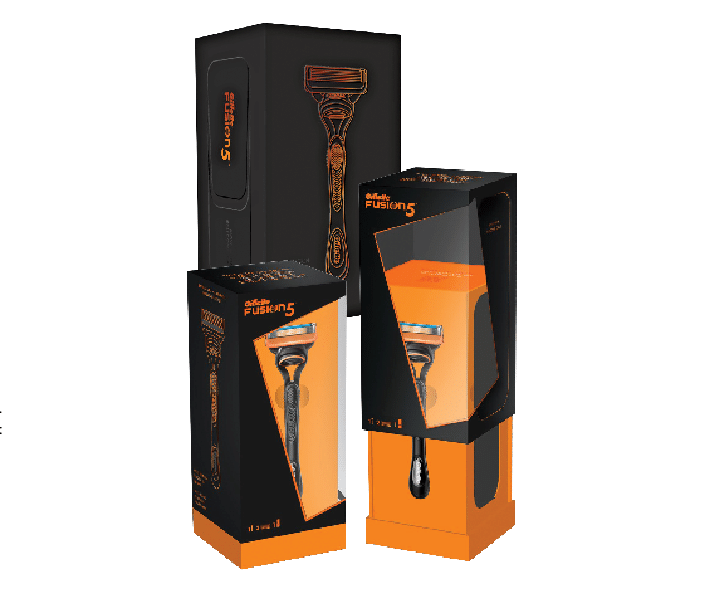
RK: What is your take on intelligent or smart packaging that can be used for food and beverages?
RM: QR codes have become ubiquitous, from ordering food at restaurants to shopping online. But the potential of QR codes goes far beyond mere convenience. In food and beverage, QR codes represent a largely untapped opportunity for brands to engage with consumers directly. In the future, QR codes can become a gateway to unlimited experiences, allowing brands to have deeper conversations with consumers and impact their lives meaningfully. No longer just a way to enter a contest, QR codes can provide a more immersive and personalised experience for the consumer.
For example, we recently worked with a wellness brand in Australia that used QR codes to remind customers when they needed to restock their supply of pills. The code also offered incentives, such as payback or discounts, to encourage repeat purchases. This level of engagement is just the beginning regarding the potential of QR codes.
As brands continue to leverage QR codes and other digital technologies, we can expect a more seamless and omnichannel experience for consumers. From personalised recommendations to exclusive content, connected packaging has the potential to transform the way we interact with the brands we love.
KR: In the world of packaging, the possibilities for innovation are endless, and we have only scratched the surface. From intelligent packaging to circular economy, the future looks promising.
One exciting trend on the horizon is upcycling or giving packaging a second life. Many innovations are happening in this space, where packaging can be consumed, leading to a radical shift in our approach to waste. For instance, water bottles made from seaweed extract can be eaten after use. The concept of edible packaging may seem far-fetched, but it's already here and will become more mainstream.
The circular economy is another significant development in the packaging industry. It’s a system where waste is minimised, and materials are recycled or reused. By embracing circularity, luxury brands are taking responsibility for the environmental impact of their products and demonstrating their commitment to sustainability.
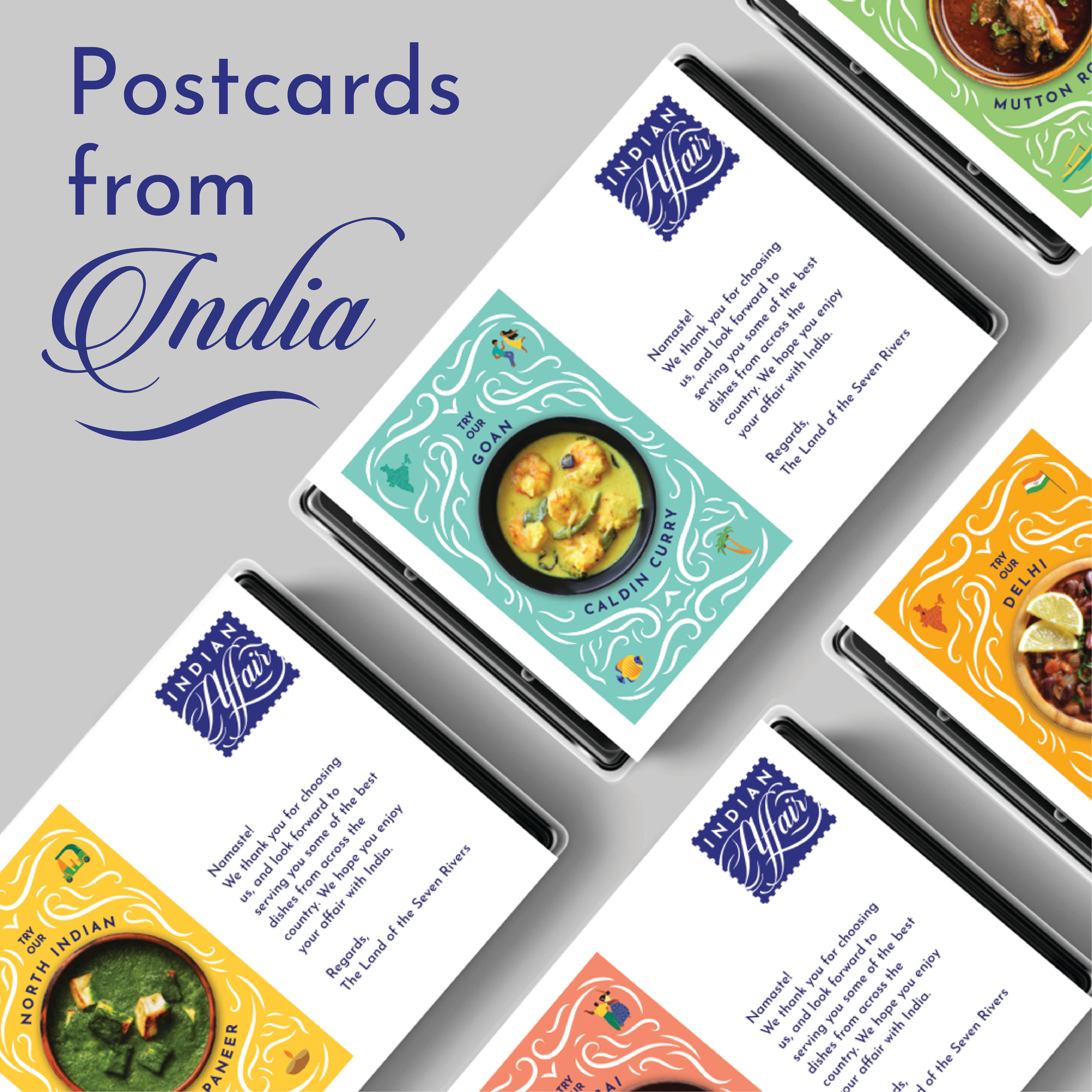
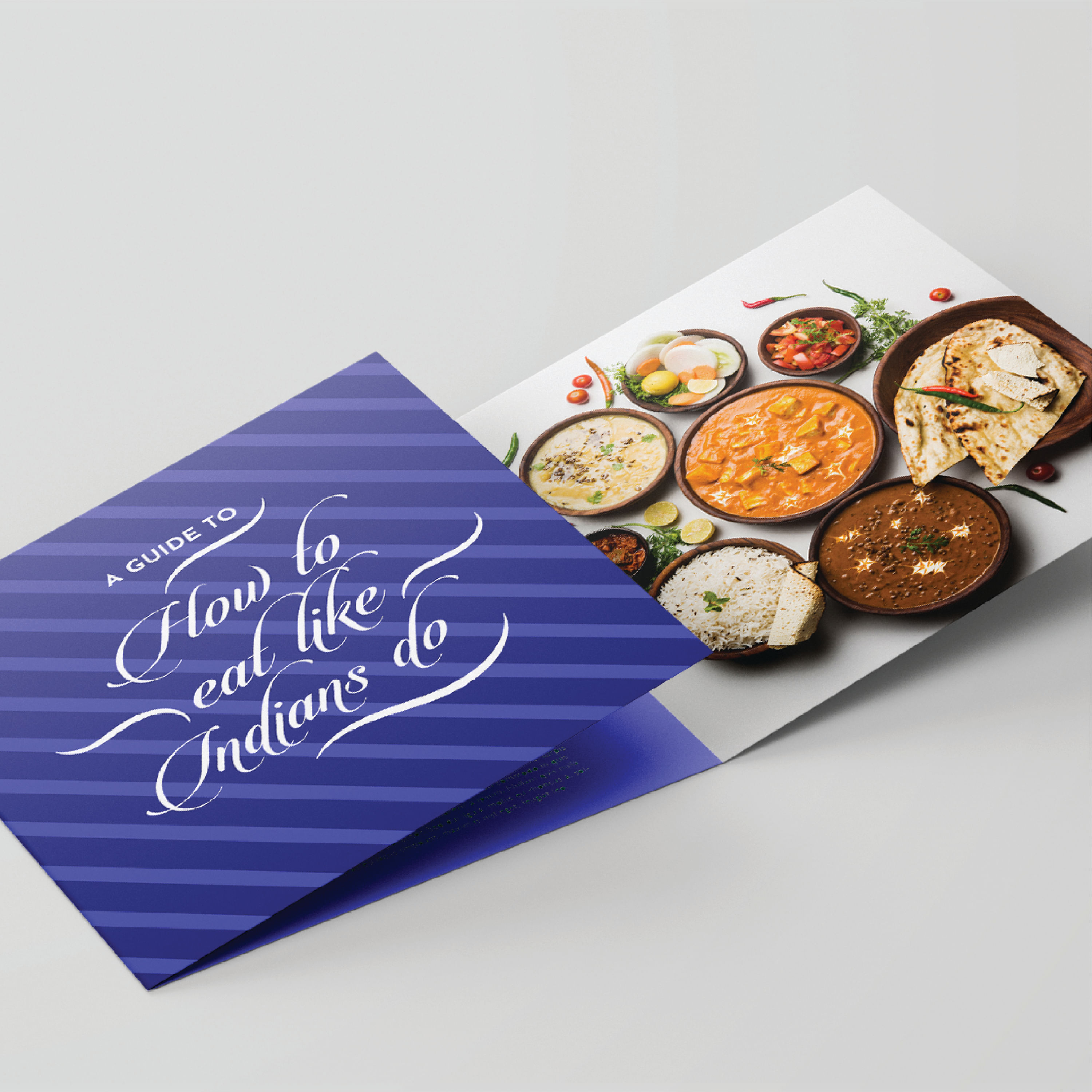
RK: What is the role of packaging innovation for new product formats and offerings? How is the balance between innovation and sustainability achieved?
KR: Packaging innovation is crucial in introducing new product formats and offerings to the market. However, it's important to note that innovation in packaging is not just about creating new packaging formats. It is about developing new product lines relevant to the target audience and where they will be sold, whether in a retail store or online.
With the influx of new products, packaging innovation must keep up with the demand for relevant, functional, and convenient products. Packaging must also provide a unique unboxing experience that resonates with the consumer.
Innovation in packaging can be used to create new product lines in food, beverages, healthcare, and more. The packaging must be tailored to the specific product and its intended audience. For instance, packaging for a healthy snack might be portable, resealable, and portion controlled.
RK: And will we be seeing more paper-based packaging in India?
KR: The plastic problem is real, and it is high time we found alternatives. This means we will see much more paper in the future, not just the same old stuff.
The circular economy is the way forward for paper production. We need to recycle and reuse materials to reduce waste and increase efficiency. And the best part is that the availability and affordability of paper manufacturing are already there, waiting for us to take advantage of them.
RK: Has the pandemic led you to any design innovation in packaging? Have you spotted any innovation that inspired you? For example, Covid caused a surge in short runs and virtual approvals. Has the balance been restored in 2023?
KR: Packaging innovation has been at the forefront of product development. We have been incredibly creative in this area, producing many innovative solutions that make our products stand out. For instance, we have taken inspiration from the DIY culture and introduced the EzyCr8 product line in partnership with Asian Paints. This line includes spray paint that lets you quickly paint your walls, promoting a sense of self-reliance that we are sure customers will love. We are confident that this space has plenty of room for growth and development.
Another area that we are particularly excited about is connected packaging. Packaging should serve a purpose beyond just containing the product. The unboxing experience is becoming increasingly important, and we are determined to create packaging that genuinely wows customers.
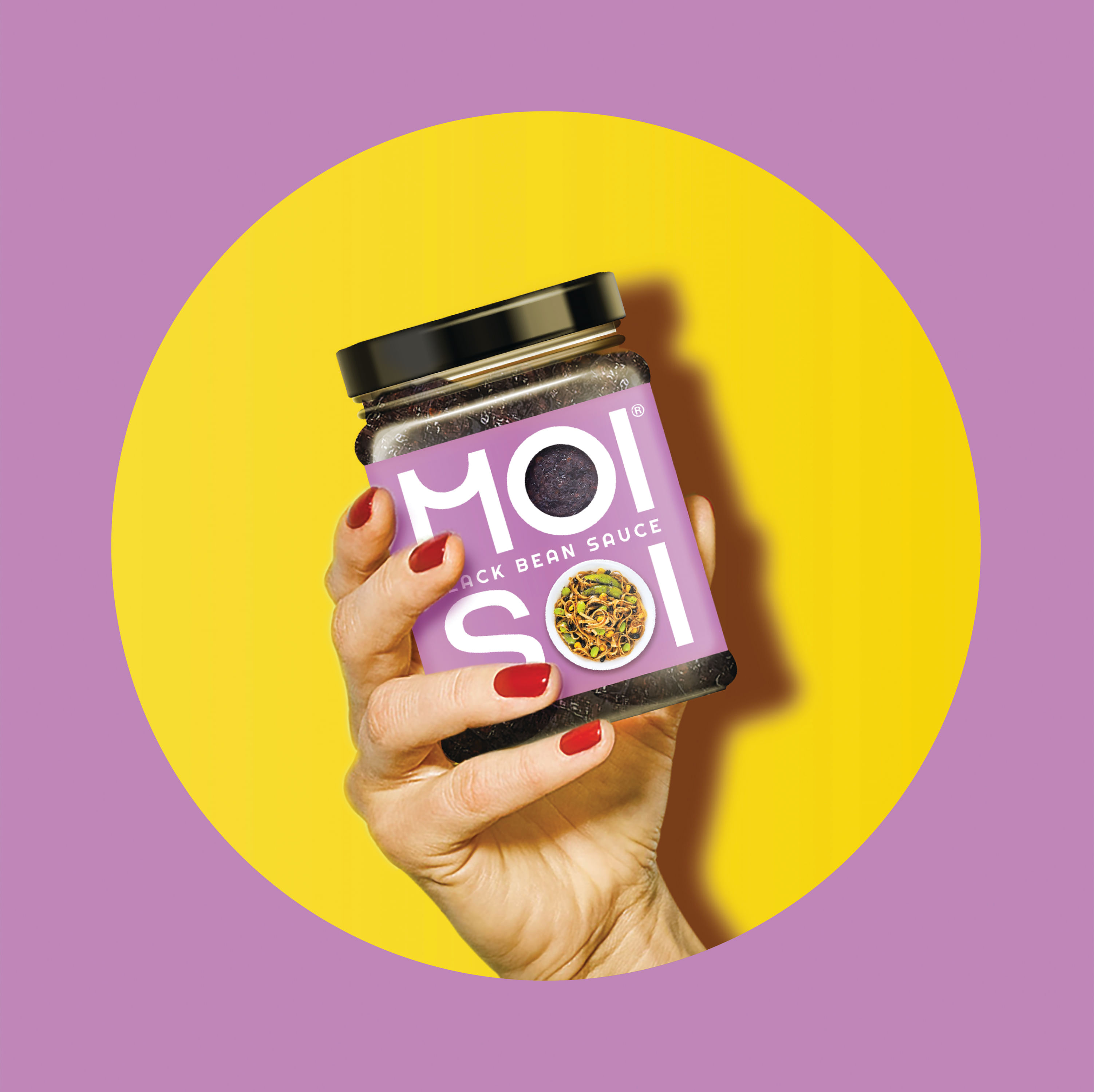
RK: Return on ad spend has become prominent with every single campaign. In that sense, why is awareness about return on packaging spent not as dominant as it should be?
RM: Advertising has long been a marketing staple; over the years, we have developed a range of metrics to measure its success. From clicks to website hits and feedback, there are plenty of ways to gauge the effectiveness of your ads.
However, design has recently become a hot topic in boardrooms worldwide. The C-suite has recognised the power of design as a strategic tool for creating a competitive edge and generating revenue. Here at L&F, we have taken this to heart and established an insights and analytics team that can predict the financial impact of design decisions, giving us a real edge in the market to enable data-driven decision-making, to subjectify the design.
KR: Leading brands understand the importance of research, particularly when reaching a mass market audience. At L&F, we are proud to work closely with companies like P&G, conducting extensive consumer testing to gather crucial insights. Our research explores critical questions like how customers will respond to a product, whether a design looks premium, and whether customers are willing to pay a premium price.
We focus not only on the beauty of packaging but also on its effectiveness. Does it effectively communicate the unique selling proposition of the product? Are all the features being highlighted? This level of attention to detail and commitment to research helps brands be at the forefront of the industry.
RK: Has eCommerce changed the rules for the industry? And are we ready for that?
KR: In today’s world, every aspect of packaging design must consider the eCommerce experience. But it is not just about the physical packaging — eContent is equally critical. The question now is, how can we use our content to build on our brand story and connect with our customers? Consumers are looking for a more extended, more meaningful narrative when they shop online that goes beyond just a sales banner.
How we represent our products online is critical; we must ensure that our packaging design reflects this.
One key challenge of eCommerce is that different buyers have different priorities. For example, the retail buyer may prioritise packaging showcasing the product through a window, whereas an online buyer may prefer a clear view of the product. This means that two different versions of the same product may need to be developed for online and in-store sales.
The great thing about eCommerce is that it levels the playing field. Traditional retail brands with deeper pockets could easily buy prime real estate on shelves. But in the world of online shopping, brand size and financial strength matter less. Instead, how well you can capture the consumer's attention on that digital shelf matters. By focusing on packaging design and eContent that genuinely resonates with our customers, brands of all sizes can succeed in eCommerce.
RK: Would you like to throw some light on packaging trends and packaging design trends? For 2023 and five years down the line?
RM: Despite the pandemic and economic crisis ongoing challenges, we believe this year will be marked by unbound joy. Consumers worldwide are showing incredible resilience, and we are seeing a sense of deep expressionism emerging. This is reflected in design trends, with bold, vibrant colours and exciting typographic fonts taking centre stage.
Good design was often associated with minimalism in the past, but now there is a sense of unbridled joy that is inspiring designers to be bold and daring. Brands are experimenting with a riot of colours, bold brand voices, and tech-led experiences that capture the imagination of consumers.
We are also seeing a resurgence of brand mascots that go beyond packaging to engage with customers across various touchpoints, both expected and unexpected.
This trend towards joy and resilience will continue to shape the design world in the years to come. As brands seek to connect with consumers in new and meaningful ways, we will see more experimentation with bold colours, typography, and visual elements that truly capture the spirit of the times.